Course Reviews
Don't pass up an invite to any of these "second-best" courses

courtesy of Sea Island
Kiawah Island, located south of Charleston on the Atlantic Ocean, is one of the country’s great golf resorts with a menu of five different courses that each reveal aspects of the distinctive environment that makes golf in the Lowcountry so unique. But Kiawah Island wouldn’t be among the game’s most desirable destinations without its marquee attraction, The Ocean Course, ranked No. 24 on America’s 100 Greatest Courses and host venue of two PGA Championships and a Ryder Cup.
As fun and interesting as Kiawah Island’s other four courses are, everyone who visits wants to play The Ocean Course—if you went there and didn’t get a round in, you’d know you missed out on a rare experience.
Resorts like Bandon Dunes and Streamsong don’t have second and third courses—they are all 1A, 1B, 1C and so on (the five Bandon courses and three Streamsong layouts are all members of the America’s 100 Greatest and Second 100 Greatest Courses). Most resorts, however, have a main attraction that pulls golfers in, with one or more character actors around it playing supporting roles.
The same is true for some private clubs. Places like Baltusrol and Winged Foot each have 36 holes ranked among the 100 Greatest, but others like Medinah in Chicago, Los Angeles Country Club and Olympic Club in San Francisco built their reputations on singular architectural expressions that have historically overshadowed their secondary courses (Note: Medinah’s famed #3 course reopens this year after a major transformation by the Australian firm of Ogilvy, Cocking and Mead, and Olympic Club will soon embark on a reimagining of its Ocean Course by Jim Urbina).
Not all clubs and resorts suffer from lead/understudy syndrome. Some 1s and 2s are closer in quality and architectural intrigue than others. Though they rarely get the same level of publicity or ranking respect as their counterparts, these are our 10 favorite “little brothers” at multicourse public and resort properties, plus two bonus private clubs with underrated second options. If you skipped any of these off-Broadway productions, you’d be missing a show worth seeing.
Scroll through my selection of best "second courses," and be sure to click through to each individual course page for bonus photography and reviews from our course panelists. We also encourage you to leave your own ratings on the courses you’ve played … so you can make your case for why each course deserves, or doesn't deserve, more notoriety.
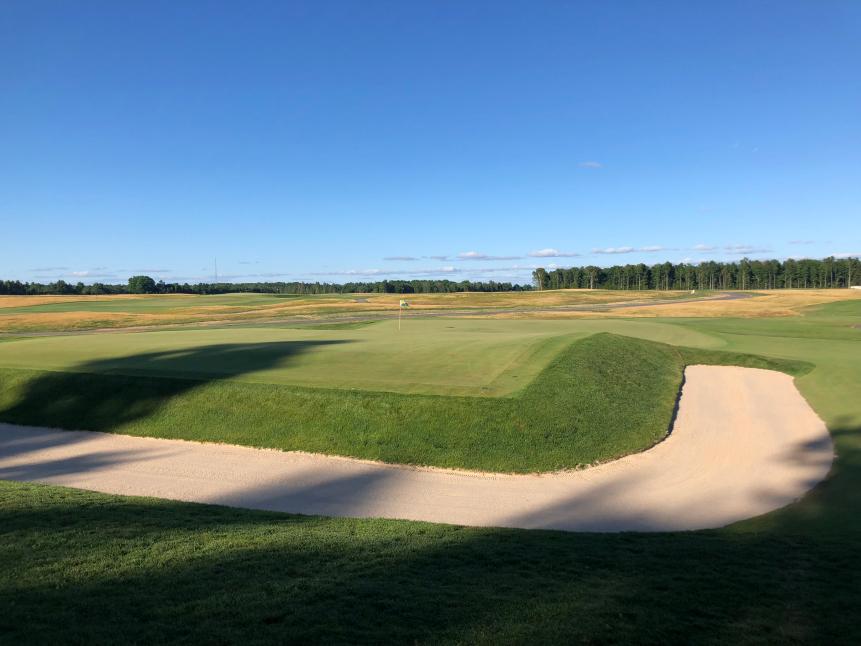
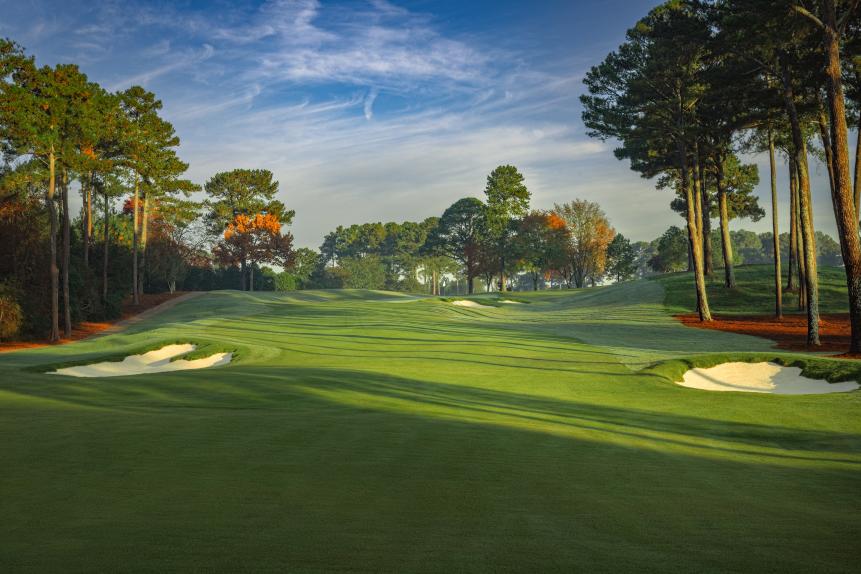
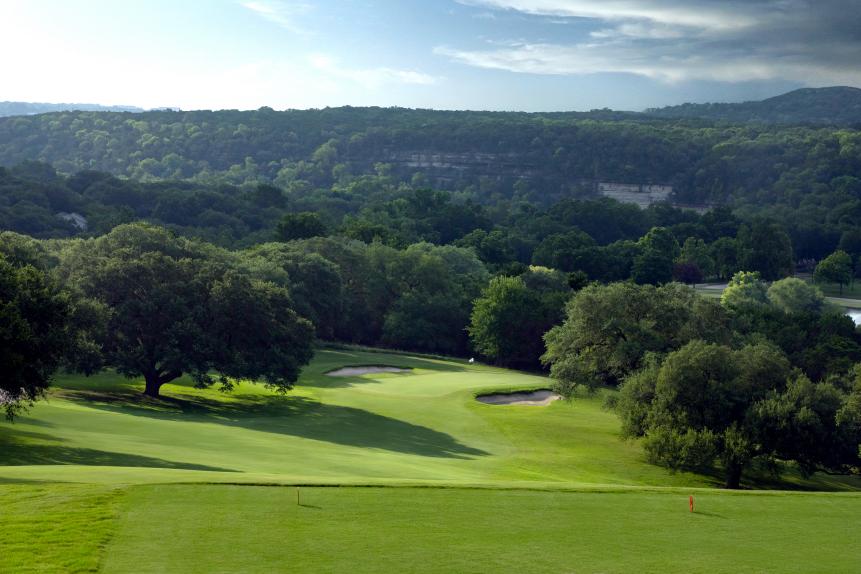




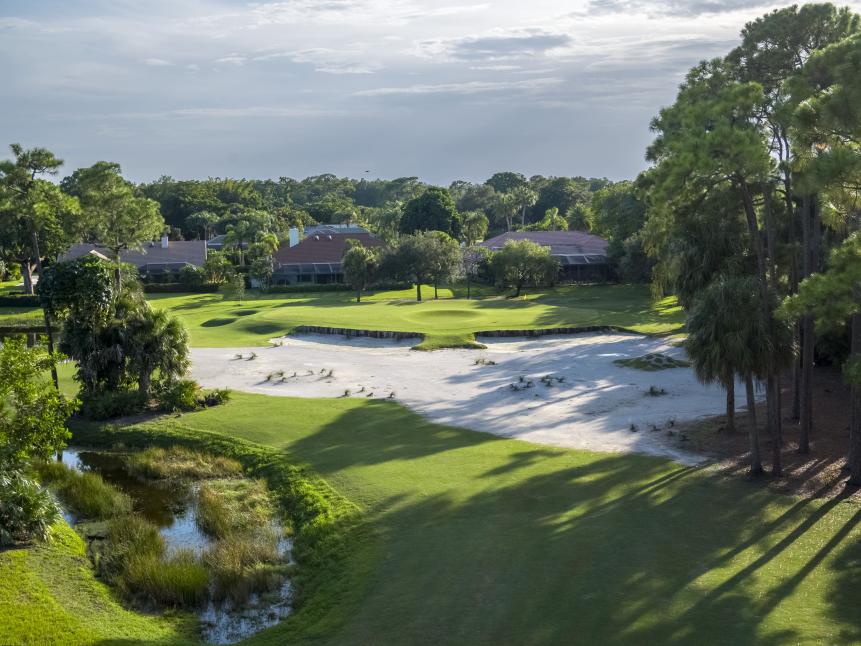



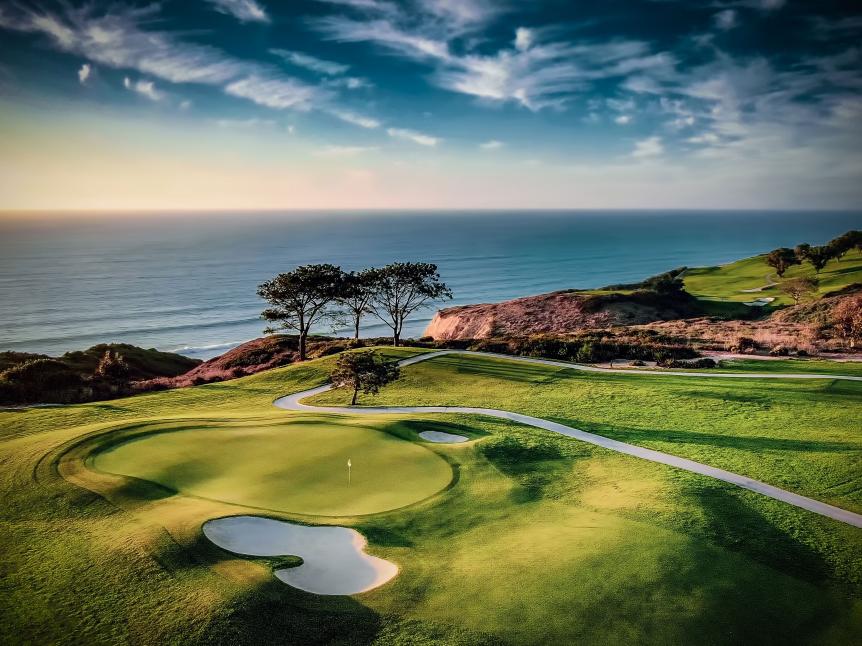
• • •
Explore Golf Digest's new Course Reviews section where you can submit a star rating and evaluation on all the courses you’ve played. We've collected tens of thousands of reviews from our course-ranking panelists to deliver a premium experience, which includes course rankings, experts' opinions, bonus course photography, videos and much more. Check it out here!